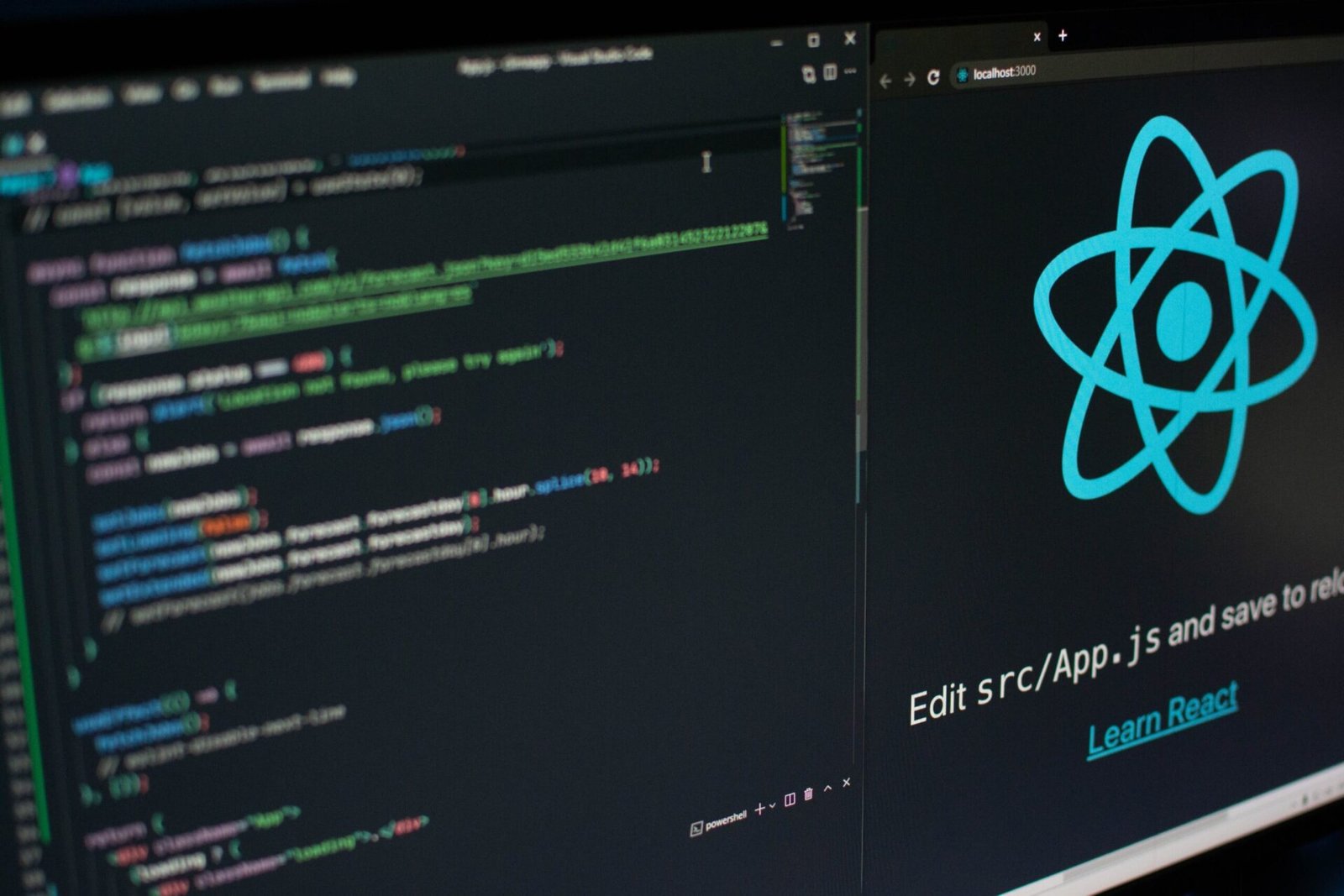Effortless DOM Control: Exploring the Capabilities of CHR js
Extending series of JavaScript libraries, we are going to discuss CHR Js!
Being the high demand for JavaScript as a programming language, there is a need of developing pre-designed templates, which are known as JavaScript libraries or frameworks. However, there are a lot of categories of these libraries according to their specialties and functionalities. Hence, one of these most popular libraries is Constraint Handling Rules (CHR) which provides a multi-set of logical plans.
Moreover, with the unique property of paradigm structure, CHR Js designs programming elements with logic. Thus, considered as one of the unique JavaScript modular frameworks or libraries. That enables the web developer to intend constraint programming. Hence, the major specificity of this JavaScript library execution of rules, being a rule-based programming language.
History of Constraint Handling Rules (CHR)
To cover the needs of a declarative language, Thom Frühwirth designed the Constraint Handling Rules (CHR) library of JavaScript, in 1991. He developed the modular framework while working at European Computer-Industry Research Centre (ECRC), located in Munich, Germany. The developer was greatly influenced by Prolog (a programming language designed with artificial intelligence), so he decided to design a constraint logic-based JavaScript Library. That can allow the web developer to construct artificial intelligence-based paradigms.

Astonishing Features of CHR. Js
CHR program as constraint handler only a few libraries fall in the category of constraint programming which provides the functionality of constraint handler. Thus, the CHR js assist as a constraint handler and offers a set of rules for maintenance of multi-set logical formulas, known as constraint store. Hence, it modifies the set of elements to perform multiple functionalities in programming.
Addition and removal of programming rules
Constraint Handling Rules (CHR) introduces the feature of execution, first time in programming history, through the rules. Thus, the execution of the library assists in the addition. and removal of the formulary from the programming to alter the state of the paradigm.
Non deterministic programming
The major purpose of the rules in the CHR js programming library is to maintain the flow of control by constraints. Hence, how it fires over it, maybe knowns as non-deterministic programming. This strategy alternates the programming flow by specifications at certain points. Therefore, it understands the pre-designed syntax, determinists, semantics and controls the flow according to it.
Extension of other languages with CHR. js library
As a library programming language, it has minimum application. But, in many other languages, it applied with the host language as a guest to integrate the constraints. For example, Prolog has been using CHR js with its implementations to enhance the functionalities. e.g. SWI-Prolog and SICStus. Yet there are many other languages like Java, C, Haskell, SQL, and JavaScript.
CHR JS as Turing complete
As described in the previous blog, that Data manipulation is one of the major functionalities of all JavaScript libraries. As it is, the CHR js manipulate the data, but in a very different manner. It uses the rules as a tool of simulation for programming in any machine and recognizes the way of pushing the ruleset. hence, in this way, it assists in recognizing the power of data manipulation in programming.
Applications of Constraint Handling Rules (CHR)

Since 1991, the CHR. js has been implementing in various programming languages as an extension tool. Therefore, the modification of logical variables in the host language has broadened its application. Hence, there are aspects or properties of programming in which this library finds the application. These include
- Grammar induction: as being integrated by artificial intelligence and machine learning. the CHR js library designs a model for formal gramma. Thus, It constructs the tree, graphs, and hierarchies for more specificity in software.
- abductive reasoning: the CHR js refines the logical interference of software, aimed to design. Hence, at the end of all protocol, designed software provides the accurate solution of assigned problems.
- verification: the library, at the end of all designing software, detects that all the targets of development are achieved through the integration of elements and constraints in it.
- type systems: it is the domain of assigning the property in programming. hence, the library modifies this feature by integrating the constraints.
- multi-agent systems: another application of the library is the introduction of multiple interacting intelligent agents along with the constraints in the programming of software.
- natural language processing: while designing software, it is crucial to make it interact with human natural languages, achieved through artificial intelligence of this library.
Conclusion
Just like the other JavaScript libraries, CHR js comes up with the special feature of the multi-logic set of constraint programming. that has been used as an extension of other host languages. Hence, its wide application in features of artificial intelligence-based programming in software proves it unique and best among all other frameworks.
For more informative blogs. visit: https://softtechgenics.com/






